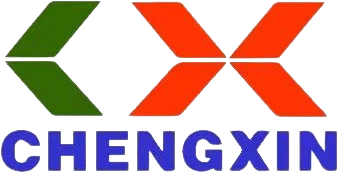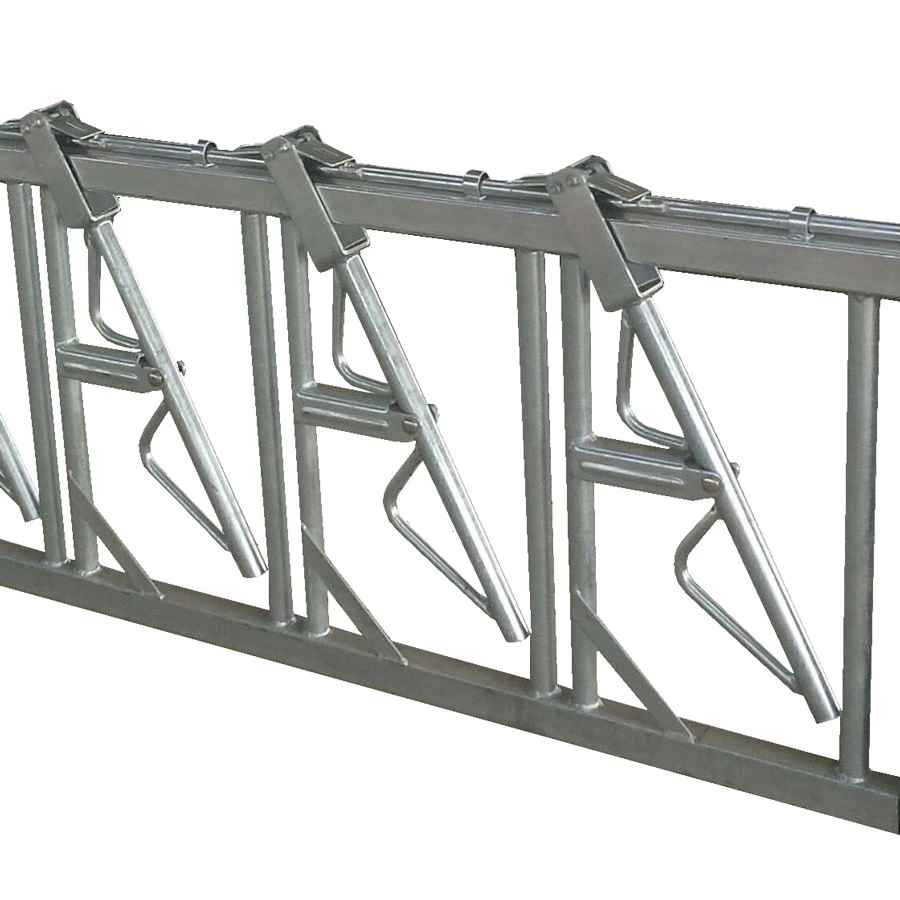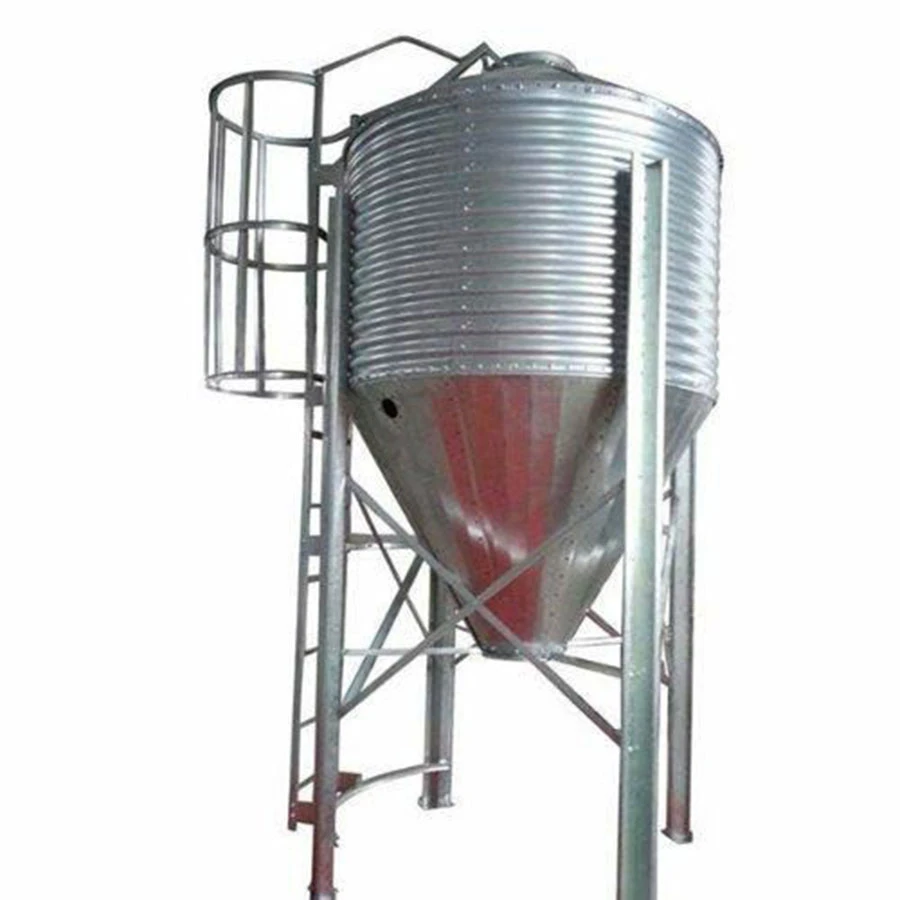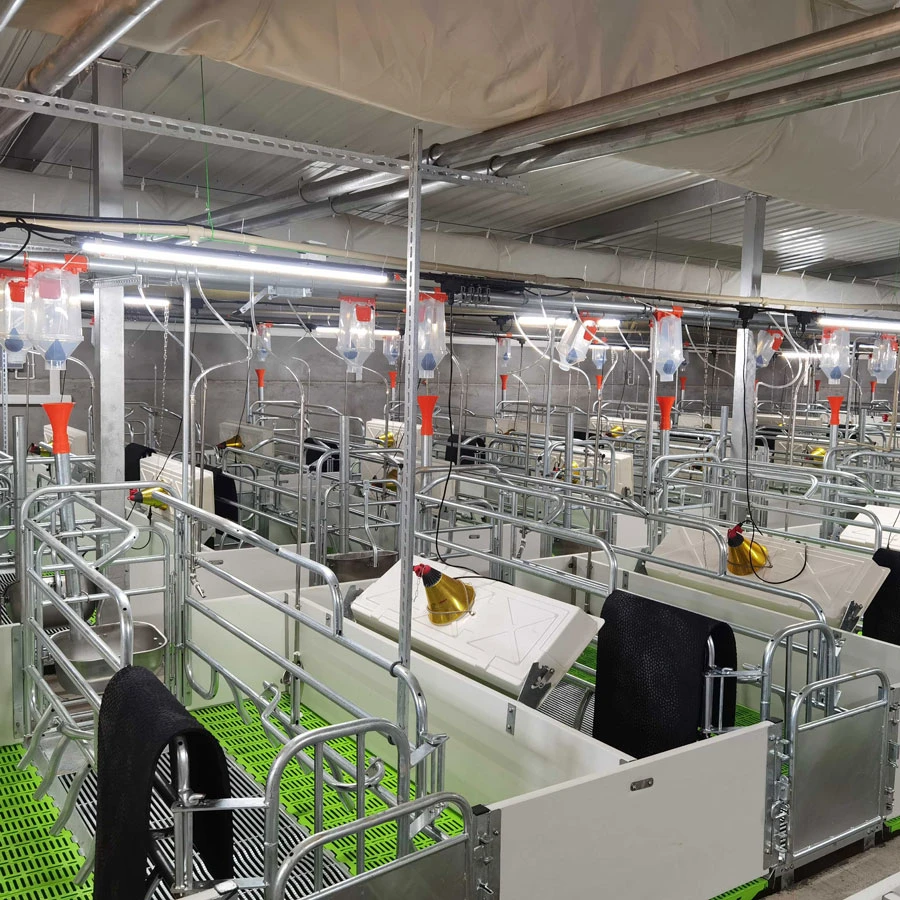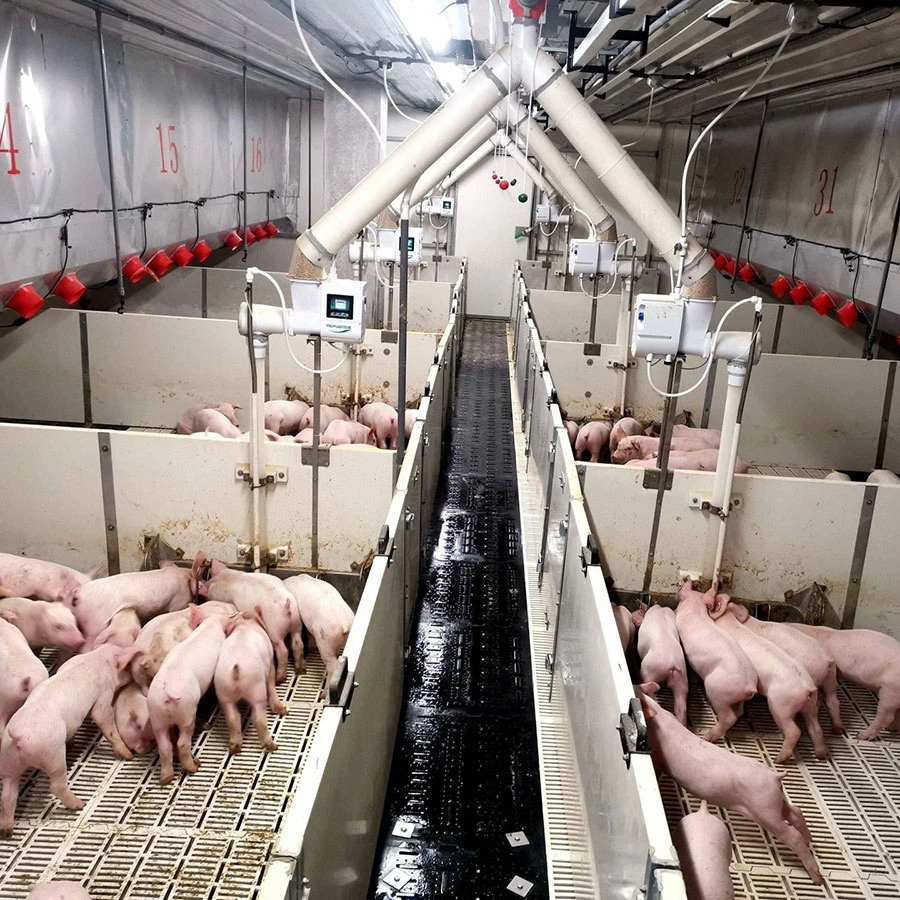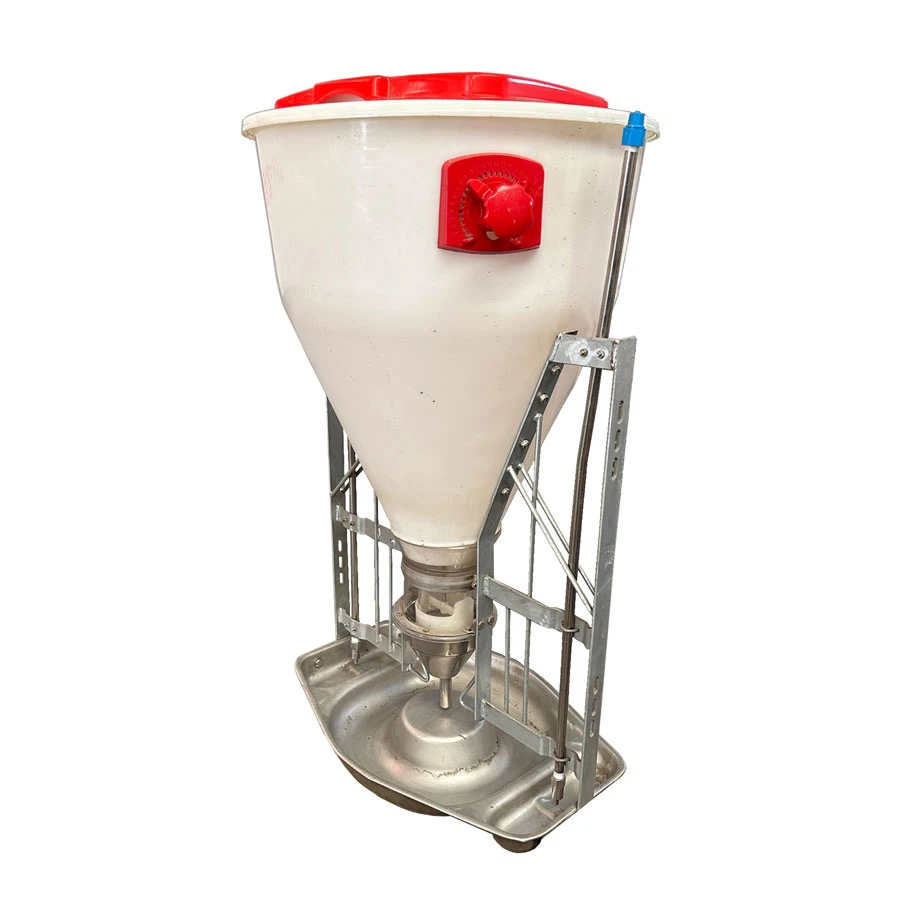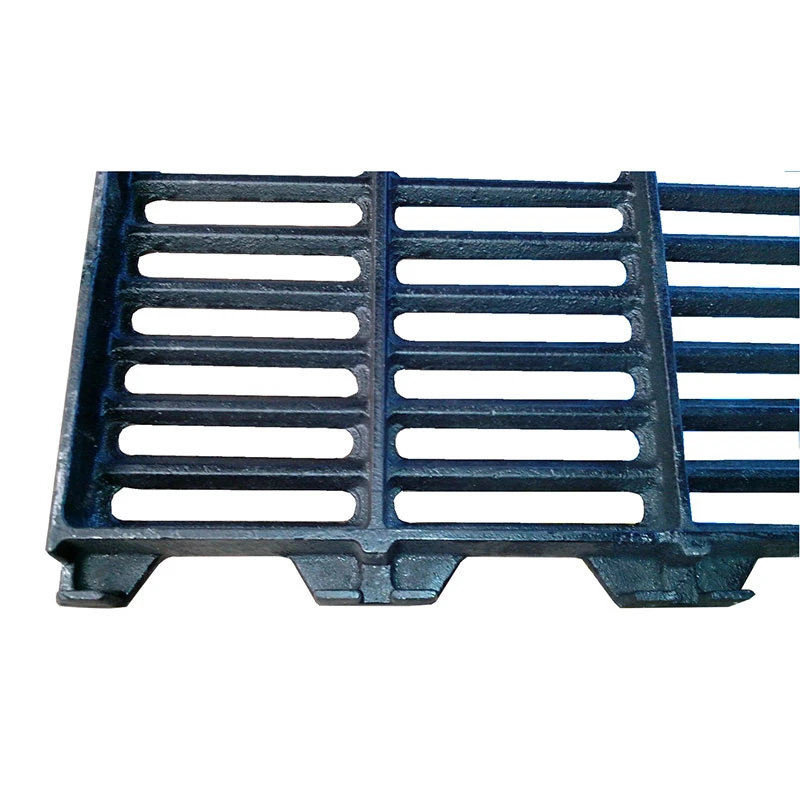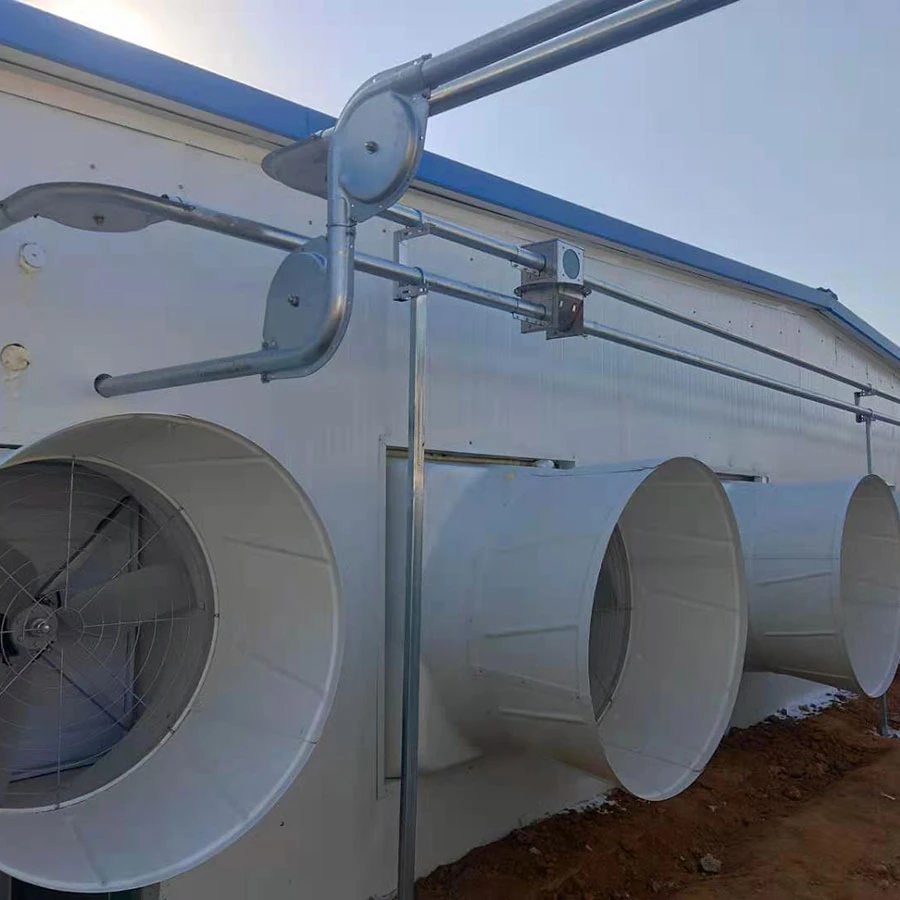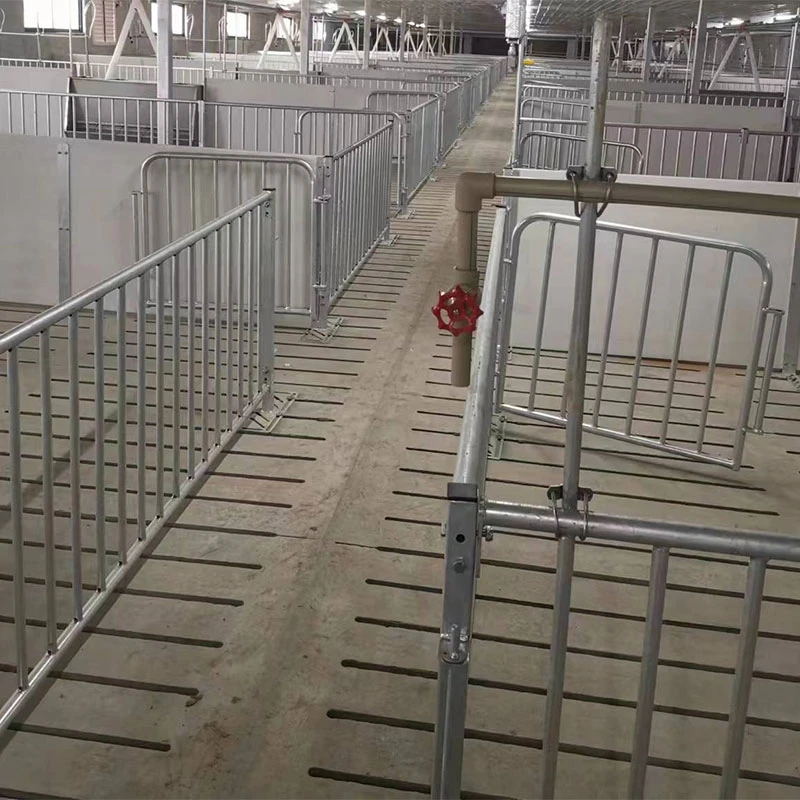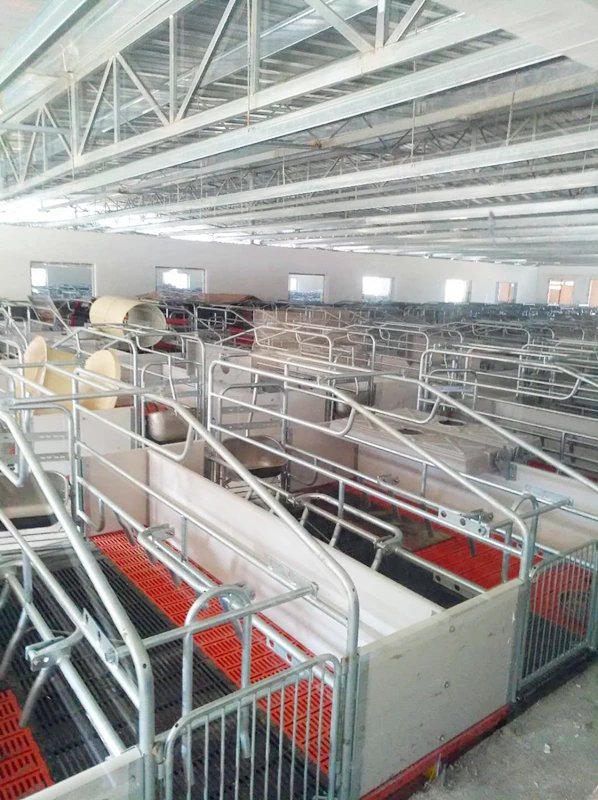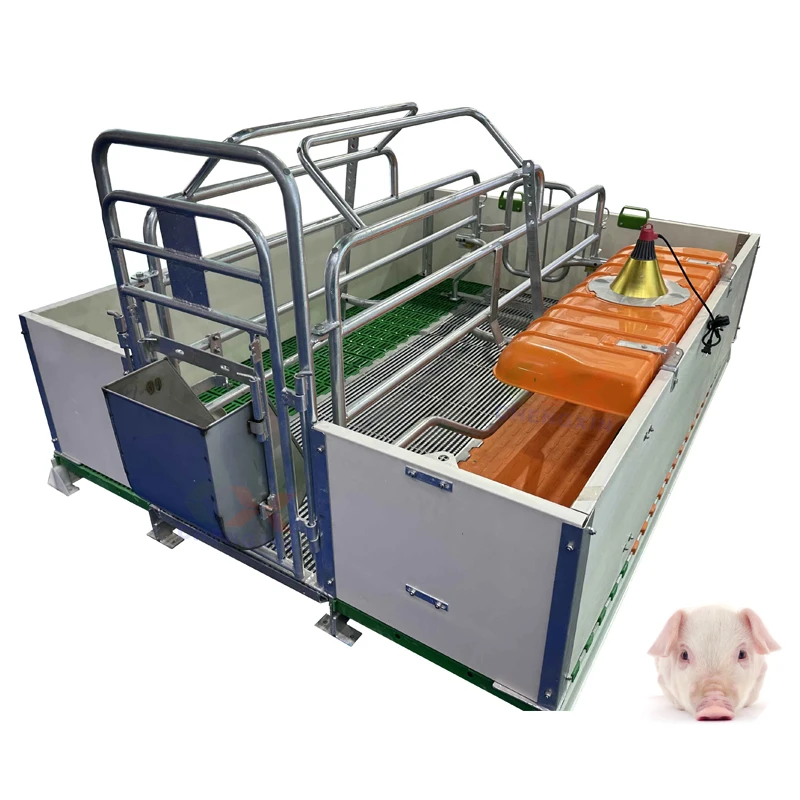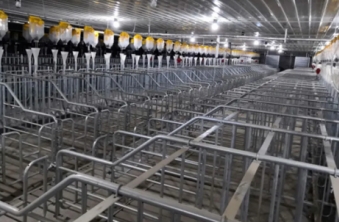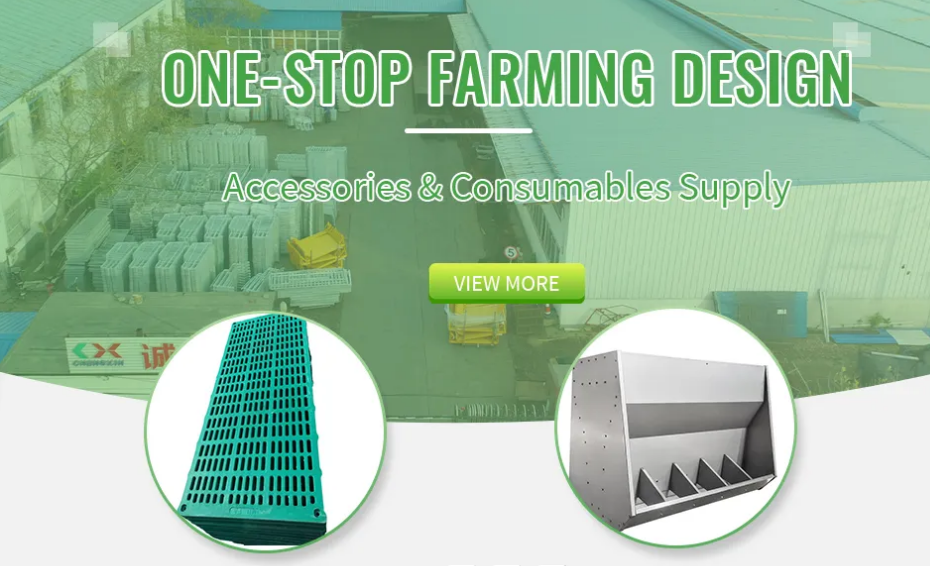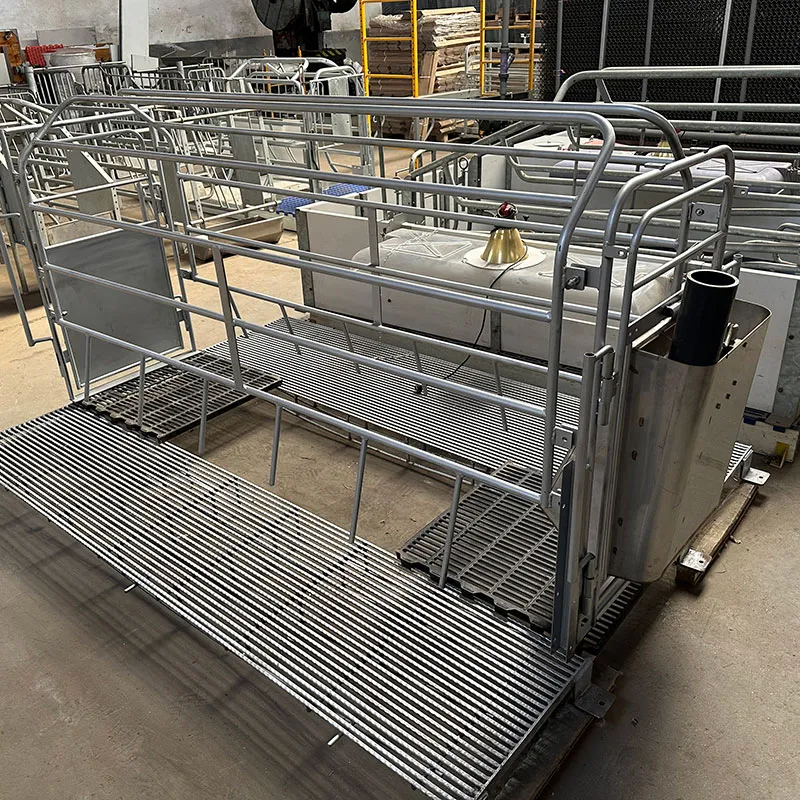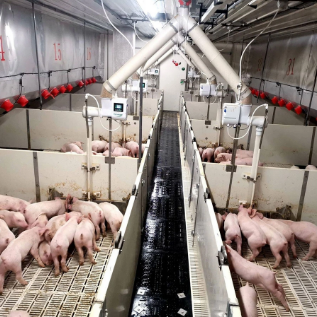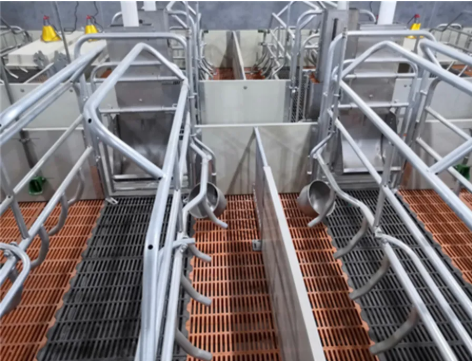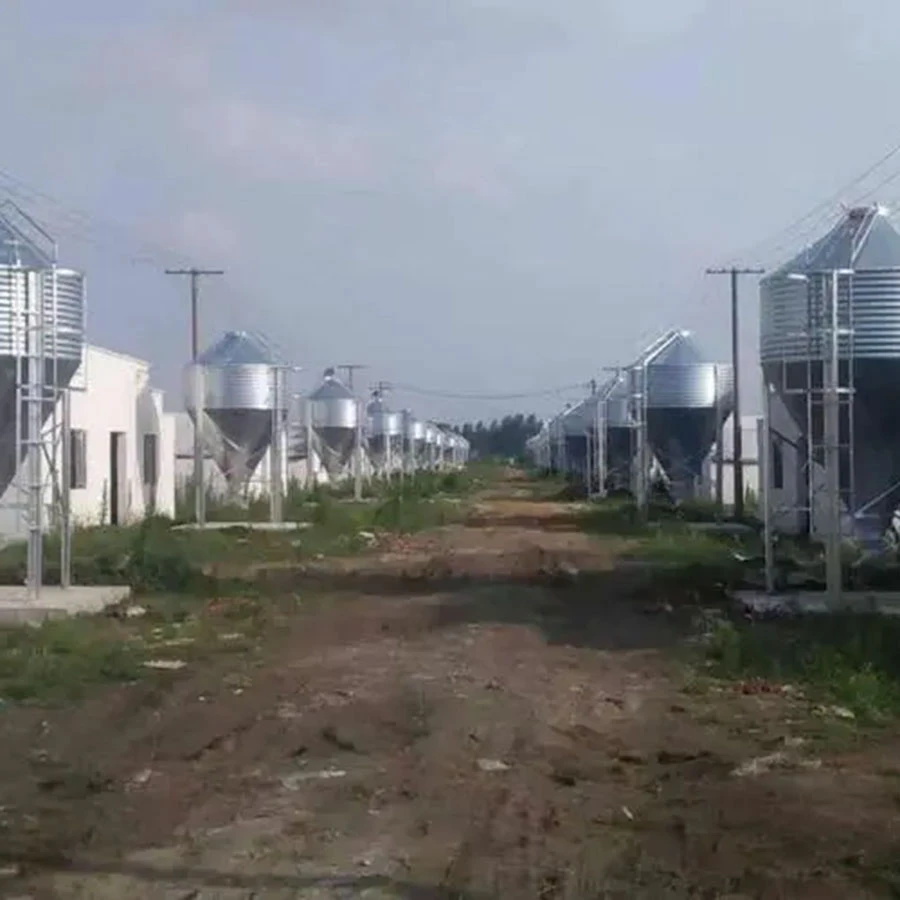The Pivotal Role of Weaner Nursery Stalls in Modern Swine Production
In the rapidly evolving landscape of commercial swine production, optimizing animal welfare, growth efficiency, and farm profitability is paramount. The nursery crate, specifically designed as a Weaner Nursery Stall, represents a critical innovation in this regard. These specialized housing units are engineered to provide an optimal environment for piglets during the crucial weaning phase, transitioning them from sow farrowing crates to grower pens.
Contemporary industry trends emphasize sustainable farming practices, stringent biosecurity, and enhanced animal comfort, all of which directly influence productivity. Advanced Weaner Nursery Stalls address these demands by minimizing stress, preventing disease transmission, and promoting rapid, healthy growth post-weaning. This equipment is no longer merely a holding pen; it is a precisely engineered system vital for a seamless and productive transition phase in a pig's life cycle, significantly impacting the overall efficiency and economic viability of a swine operation. The integration of robust materials, ergonomic design, and automated features marks a significant shift towards high-tech animal husbandry.
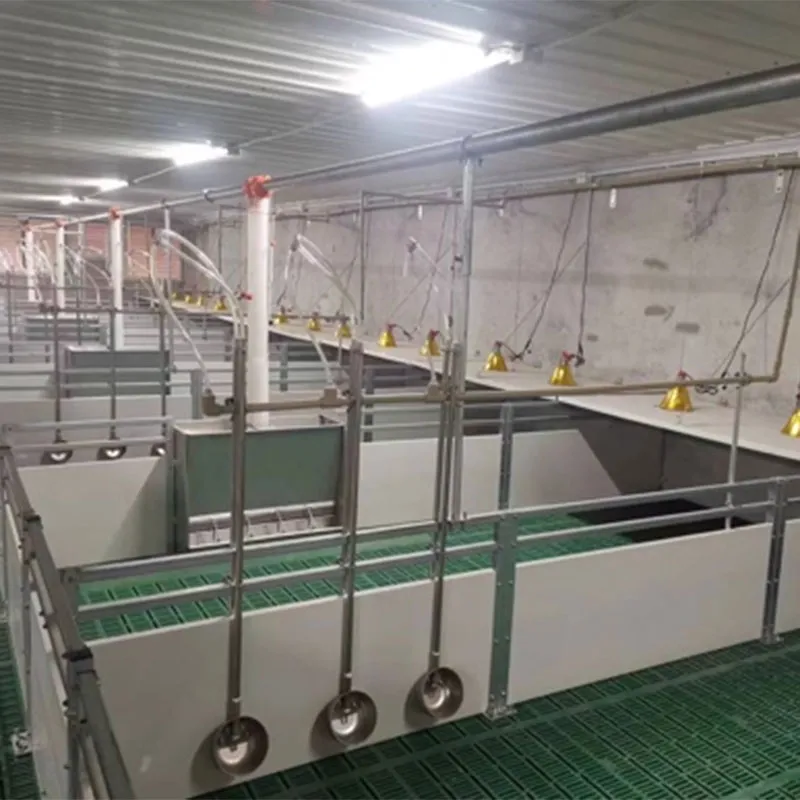
Technical Specifications and Design Principles of Weaner Nursery Stalls
The design and construction of a modern Weaner Nursery Stall are governed by a precise understanding of piglet physiology and behavioral patterns. These systems are meticulously engineered to support the delicate health requirements of young pigs, ensuring optimal conditions for growth and development. Key technical specifications revolve around material selection, structural integrity, and ergonomic features tailored for both the animals and farm personnel.
Core Components and Materials:
- Frame Structure: Typically constructed from hot-dip galvanized steel, offering superior corrosion resistance and longevity. The galvanization process, adhering to standards like ASTM A123/A123M, ensures protection against the corrosive farm environment (e.g., ammonia from waste, cleaning agents).
- Flooring System: A critical element, often comprising plastic slatted floors (polypropylene or HDPE). These slats are designed with optimal gap sizes to allow efficient waste removal while providing a comfortable and non-abrasive surface for piglets, preventing lameness and promoting hygiene.
- Feeders: Dry/wet feeders made from stainless steel or high-grade plastic, designed to minimize feed wastage and ensure consistent access to feed. Automated dispensing systems are often integrated for precise nutrition management.
- Drinkers: Nipple drinkers or cup drinkers, typically stainless steel, configured to provide clean, accessible water without excessive spillage, which is vital for maintaining dry conditions.
- Partitions: Solid PVC or galvanized steel partitions between pens prevent nose-to-nose contact, reducing disease transmission and aggression among piglets.
Product Specification Table: Weaner Nursery Stall
These specifications are crucial for farm managers and investors to evaluate the suitability and long-term value of a nursery crate system. The robustness of materials directly translates to the service life and hygiene efficacy, reducing the total cost of ownership over time.
Manufacturing Process and Quality Assurance for the Weaner Nursery Stall
The manufacturing of a high-quality piglet nursery crate involves a series of precision-engineered steps, from raw material sourcing to final assembly and quality control. Adherence to international standards like ISO 9001 for quality management is critical to ensure product reliability and performance in demanding farm environments.
Detailed Process Flow:
- Material Selection & Inspection: High-grade carbon steel tubes (Q235/Q345 equivalent) are selected for the frame. Plastic polymers (PP/HDPE) are sourced for slats and panels, ensuring UV resistance and chemical inertness. All incoming materials undergo rigorous inspection against specifications.
- Cutting & Forming: Steel tubes are cut to precise lengths using automated CNC laser cutting or sawing machines, ensuring accuracy within ±0.5 mm. Bending and forming operations are performed to create the modular components of the crate structure.
- Welding: Components are assembled and welded using advanced MIG/MAG welding techniques, often robotically, to ensure strong, consistent, and clean welds. Post-welding, visual inspections and sometimes non-destructive testing (e.g., dye penetrant) are conducted to verify weld integrity.
- Hot-Dip Galvanization: This crucial step provides the primary corrosion protection. Steel frames are cleaned, pickled, fluxed, and then immersed in a bath of molten zinc at approximately 450°C. The resultant zinc coating thickness, typically 80-100 micrometers, is verified according to ISO 1461 or ASTM A123 standards. This process significantly extends the service life, making the frame highly resistant to the humid, acidic conditions of swine facilities.
- Plastic Component Molding: Plastic slats and partitions are produced via injection molding, ensuring consistent dimensions, smooth finishes to prevent injury, and optimal strength. Material composition is tested for chemical resistance and durability.
- Assembly & Pre-shipment Inspection: All galvanized steel components, plastic slats, feeders, and drinkers are pre-assembled to ensure fit and function. A final quality assurance check verifies dimensional accuracy, structural integrity, and the absence of sharp edges or defects. This stage also includes checks against performance criteria, ensuring the equipment meets the specified animal welfare and operational requirements.
The robust manufacturing process, combined with strict adherence to quality standards such as ISO 9001 and material-specific international norms, guarantees a durable and reliable Weaner Nursery Stall. This meticulous approach directly contributes to a projected service life of 15-20 years for the galvanized steel frame and 8-10 years for critical plastic components, offering exceptional long-term value for commercial swine operations.
Application Scenarios and Operational Advantages
The Weaner Nursery Stall is specifically engineered for the post-weaning phase in commercial pig farming. This period, typically from 3 to 10 weeks of age, is critical as piglets transition from their mother's milk to solid feed, a time of significant physiological and social stress. The primary application scenario is within specialized nursery barns designed for climate control, biosecurity, and efficient animal management.
Typical Application Scenarios:
- Dedicated Weaner Facilities: Large-scale integrated swine farms utilize entire barns equipped with rows of piglet nursery crate systems, often with automated feeding, watering, and environmental control systems.
- Multi-Stage Production Systems: Incorporated as the second stage after farrowing, seamlessly integrating with subsequent grower and finisher barns to maintain a continuous flow of pigs.
- Research & Development Farms: Used for controlled studies on piglet nutrition, genetics, and environmental impacts due to their standardized and easily monitored conditions.
Operational Advantages:
- Enhanced Piglet Health & Welfare: The controlled environment minimizes disease transmission through solid partitions and efficient waste removal systems. Smooth plastic slats reduce injuries, while optimal pen size reduces stress and aggression. Data from a 2022 study indicated a 15-20% reduction in post-weaning mortality rates in farms utilizing well-designed nursery facilities compared to conventional methods.
- Optimized Growth Performance: Consistent access to clean feed and water, coupled with a stable thermal environment, promotes higher average daily gain (ADG) and improved feed conversion ratio (FCR). Piglets typically show an FCR of 1.5-1.7 during this phase in modern nursery systems.
- Superior Hygiene & Biosecurity: Slatted flooring allows feces and urine to fall through, keeping the pen surface dry and clean. This significantly reduces ammonia levels and the presence of pathogens, contributing to improved respiratory health. Ease of cleaning and disinfection between batches is paramount for disease control.
- Labor Efficiency: Thoughtful design with features like easy-access feeders and drinkers, and simplified waste management, reduces daily labor requirements for feeding, watering, and cleaning. This allows staff to focus more on animal observation and health monitoring.
- Durability and Longevity: Hot-dip galvanized steel frames and robust plastic components are designed to withstand the harsh conditions of pig farming, including corrosive waste and frequent high-pressure washing, ensuring a long service life and high return on investment.
These advantages collectively contribute to a more sustainable and profitable swine production model. The strategic implementation of a high-quality nursery crate system is a testament to a farm's commitment to animal welfare and operational excellence.
Competitive Landscape and Vendor Comparison
The market for swine housing equipment, including the nursery crate, is competitive, with numerous manufacturers offering various solutions. Differentiating factors typically include material quality, design innovation, level of automation, after-sales support, and pricing strategy. For B2B decision-makers, a thorough comparison is essential to select equipment that aligns with long-term operational goals and budget constraints.
Key Comparison Parameters:
- Material Quality & Durability: Focus on zinc coating thickness for galvanized steel (e.g., ISO 1461 compliance), UV stability and strength of plastics (e.g., HDPE vs. recycled plastics).
- Design for Animal Welfare: Ergonomics for piglets, smooth edges, appropriate slat gap width (typically 10-12mm), adjustable features, and effective waste management.
- Ease of Cleaning & Biosecurity: Design that minimizes hidden crevices, ease of disassembly for thorough cleaning, and compatibility with various disinfection protocols.
- Automation & Integration: Compatibility with automated feeding systems, ventilation controls, and farm management software.
- Customization Options: Ability to tailor dimensions, feeder types, and accessory integration to specific farm layouts or operational philosophies.
- Vendor Reputation & Support: Years in business, customer testimonials, warranty policies, spare parts availability, and technical support.
Product Comparison Table: Weaner Nursery Crate Systems
This comparison highlights the importance of evaluating technical specifications beyond initial cost. Investing in a robust, well-designed piglet nursery crate system from a reputable vendor ensures long-term performance, reduced maintenance, and superior animal health outcomes.
Customized Solutions and System Integration
Recognizing that no two pig farms are identical, leading manufacturers of Weaner Nursery Stalls offer extensive customization options and robust integration capabilities. This flexibility ensures that the nursery crate system perfectly aligns with existing infrastructure, specific operational protocols, and future expansion plans.
Tailored Design for Unique Farm Requirements:
- Dimensions and Layout: Custom pen sizes can be designed to accommodate varying piglet numbers per batch or different growth targets. The overall layout can be adapted to fit existing barn dimensions, column spacing, and access points.
- Feeder and Drinker Options: Choice of feeder types (e.g., single-sided vs. double-sided, dry vs. wet-dry, automated dispensing compatibility) and drinker systems (e.g., nipple drinkers for older piglets, cup drinkers for younger, or combinations) to suit specific feeding strategies.
- Flooring Configurations: While plastic slats are standard, variations in slat design, material, or even partial solid areas can be incorporated based on climatic conditions or specific welfare preferences.
- Ventilation and Heating Integration: Design can factor in optimal air circulation patterns and compatibility with underfloor heating systems, heat lamps, or other environmental control mechanisms crucial for piglet comfort.
Seamless Integration with Farm Management Systems:
Modern farms operate as integrated ecosystems. A well-designed piglet nursery crate system can be seamlessly integrated with:
- Automated Feeding Lines: Connection points for auger systems or liquid feeding lines, ensuring efficient feed delivery to each pen.
- Waste Management Systems: Design to facilitate connection to manure scraping systems, flush systems, or deep pits, optimizing waste removal and minimizing environmental impact.
- Environmental Control Software: Sensors for temperature, humidity, and ammonia levels can be integrated, allowing for centralized monitoring and adjustment of ventilation, heating, and cooling systems within the nursery barn.
- Farm Management Software (FMS): Data points from automated feeders (feed consumption), water meters (water intake), and weight scales (piglet growth) can be fed into an FMS for real-time analysis, enabling proactive management decisions.
By offering bespoke solutions and emphasizing system-wide integration, manufacturers empower farm owners to maximize operational efficiency, improve animal performance, and future-proof their investments. This tailored approach is a cornerstone of advanced B2B partnerships in the livestock equipment sector.
Case Studies and Real-World Application
The practical impact of well-designed Weaner Nursery Stalls is best illustrated through real-world applications. These case studies highlight measurable improvements in key performance indicators (KPIs) for swine farms, underscoring the value of investing in high-quality equipment.
Case Study 1: Large-Scale Integrated Swine Farm, Midwest USA
Challenge: A prominent Midwest swine operation was experiencing inconsistent piglet growth rates and a 7% post-weaning mortality rate across its older nursery facilities. The existing piglet nursery crate systems were difficult to clean, leading to persistent challenges with E. coli and other enteric diseases.
Solution: The farm implemented a phased upgrade, replacing 50% of its old nursery pens with modern Weaner Nursery Stalls featuring hot-dip galvanized steel frames, robust plastic slatted flooring, and integrated stainless steel dry/wet feeders. The new units were configured for optimal biosecurity with solid PVC partitions.
Results (over 12 months):
- Reduced post-weaning mortality from 7% to 4.5% in the upgraded sections.
- Average daily gain (ADG) improved by 10%, leading to earlier market weights.
- Feed conversion ratio (FCR) improved by 0.15 points.
- Labor time for cleaning and maintenance reduced by 20% due to efficient design.
- Significantly decreased veterinary costs associated with enteric diseases.
Farmer Testimonial: "The investment in the new nursery crate systems paid off faster than we anticipated. The piglets are healthier, grow faster, and our staff spends less time on cleaning. It's a clear win for animal welfare and our bottom line."
Case Study 2: Intensive Production Facility, Southeast Asia
Challenge: An intensive pig production facility in a hot, humid climate struggled with consistent growth and high stress levels among weaned piglets, exacerbated by poor pen hygiene and ventilation in existing facilities. The warm climate also accelerated corrosion of galvanized steel.
Solution: The farm opted for a specialized piglet nursery crate solution designed for tropical conditions. This included frames with an extra-thick hot-dip galvanization layer, highly durable virgin plastic flooring with enhanced ventilation design, and integrated wet-dry feeders to promote hydration in high temperatures. The layout was designed to optimize airflow within the barn.
Results (over 6 months):
- Reduction in heat stress-related issues, observed through improved water intake and less panting.
- Disease incidence, particularly respiratory issues, decreased by 30%.
- Feed intake stability improved, contributing to a more uniform batch weight distribution.
- The superior galvanization showed no signs of degradation, even in the corrosive environment.
These case studies exemplify how tailored, high-quality nursery equipment significantly mitigates common challenges in swine production, leading to tangible improvements in animal health, operational efficiency, and overall farm profitability.
Frequently Asked Questions (FAQ)
Q1: What is the typical lifespan of a Weaner Nursery Stall?
A1: A high-quality nursery crate, particularly one with hot-dip galvanized steel frames, can last 15-20 years. Plastic components typically have a service life of 8-10 years, depending on usage and maintenance. Regular cleaning and proper operation significantly contribute to extended durability.
Q2: Are these stalls compatible with automated feeding systems?
A2: Yes, modern Weaner Nursery Stalls are designed for seamless integration with various automated feeding systems, including dry feed augers, liquid feeding lines, and precise volumetric dispensers. This enhances labor efficiency and feed management.
Q3: How do Weaner Nursery Stalls contribute to piglet health?
A3: They provide a hygienic, controlled environment that reduces stress, minimizes disease transmission through proper separation and efficient waste removal, and ensures constant access to clean feed and water. This supports stronger immune systems and better overall health post-weaning.
Q4: Can the dimensions of the nursery pens be customized?
A4: Absolutely. Reputable manufacturers offer extensive customization options for pen dimensions, layout, and component choices (feeders, drinkers, flooring) to perfectly match the specific requirements and existing infrastructure of your farm.
Q5: What are the key advantages of hot-dip galvanized steel over other materials?
A5: Hot-dip galvanization provides superior corrosion resistance compared to electro-galvanized or painted steel, crucial for the aggressive environment of pig farms. It offers a thicker, more durable zinc coating that significantly extends the lifespan of the frame, reducing maintenance and replacement costs over time.
Logistics, Warranty, and Customer Support
As a professional B2B partner, we understand that investment in swine equipment extends beyond the product itself. Efficient logistics, robust warranty commitments, and responsive after-sales support are integral to a successful long-term partnership.
Lead Time and Fulfillment:
Typical lead times for standard Weaner Nursery Stall systems range from 4-8 weeks, depending on the scale of the order and customization requirements. For large-scale projects or highly customized solutions, a detailed production and delivery schedule is provided at the time of order confirmation. We work with established global logistics partners to ensure timely and secure delivery to your farm site, handling all necessary documentation for international shipments.
Warranty Commitments:
We stand by the quality and durability of our products. Our Weaner Nursery Stalls typically come with a comprehensive warranty:
- Hot-dip Galvanized Steel Frame: 5-10 year limited warranty against structural defects and corrosion under normal operating conditions.
- Plastic Components (Slats, Partitions): 2-3 year limited warranty against material defects and premature degradation.
- Feeders & Drinkers: 1-2 year limited warranty against manufacturing defects.
Full details of our warranty policy are provided with every quotation, ensuring transparency and peace of mind for your investment in a quality piglet nursery crate.
Customer Support and After-Sales Service:
Our commitment to our clients extends far beyond the point of sale. We offer comprehensive customer support, including:
- Technical Consultation: Expert advice during planning, installation, and operation phases.
- Installation Guidance: Detailed manuals and, where necessary, on-site or remote supervision by our technical team.
- Spare Parts Availability: A readily available inventory of replacement parts to minimize downtime.
- Responsive Service Team: Dedicated support channels (phone, email) for quick resolution of any operational or maintenance issues.
We pride ourselves on building lasting relationships with our clients, ensuring that your investment in a nursery crate system continues to yield maximum returns throughout its operational life.
Conclusion
The Weaner Nursery Stall is an indispensable component of modern, efficient, and humane swine production. By providing a meticulously engineered environment for piglets during the critical weaning phase, it directly impacts health, growth rates, and ultimately, farm profitability. The commitment to superior materials, precise manufacturing, and thoughtful design ensures a durable, hygienic, and high-performing system that meets the rigorous demands of commercial pig farming.
Investing in a high-quality nursery crate system from a reputable manufacturer is not merely a purchase; it is a strategic decision that contributes to long-term success, animal welfare, and sustainable agricultural practices. As the industry continues to advance, the role of these specialized housing units will only grow in importance, solidifying their position as a cornerstone of productive swine operations globally.
References:
- Smith, J. A., & Jones, B. P. (2022). "Impact of Nursery Environment on Post-Weaning Piglet Performance and Health." Journal of Swine Health and Production, 30(2), 78-85.
- European Commission. (2018). Good practices for pig welfare in different production systems. European Union.
- American Society for Testing and Materials (ASTM). (2017). ASTM A123/A123M-17: Standard Specification for Zinc (Hot-Dip Galvanized) Coatings on Iron and Steel Products. ASTM International.
- International Organization for Standardization (ISO). (2015). ISO 9001:2015 Quality management systems – Requirements. ISO.
- Patterson, J., & Hurnik, D. (2009). "Welfare of pigs at weaning." Livestock Science, 124(1-3), 22-26.
Post time: Aug . 28, 2025
